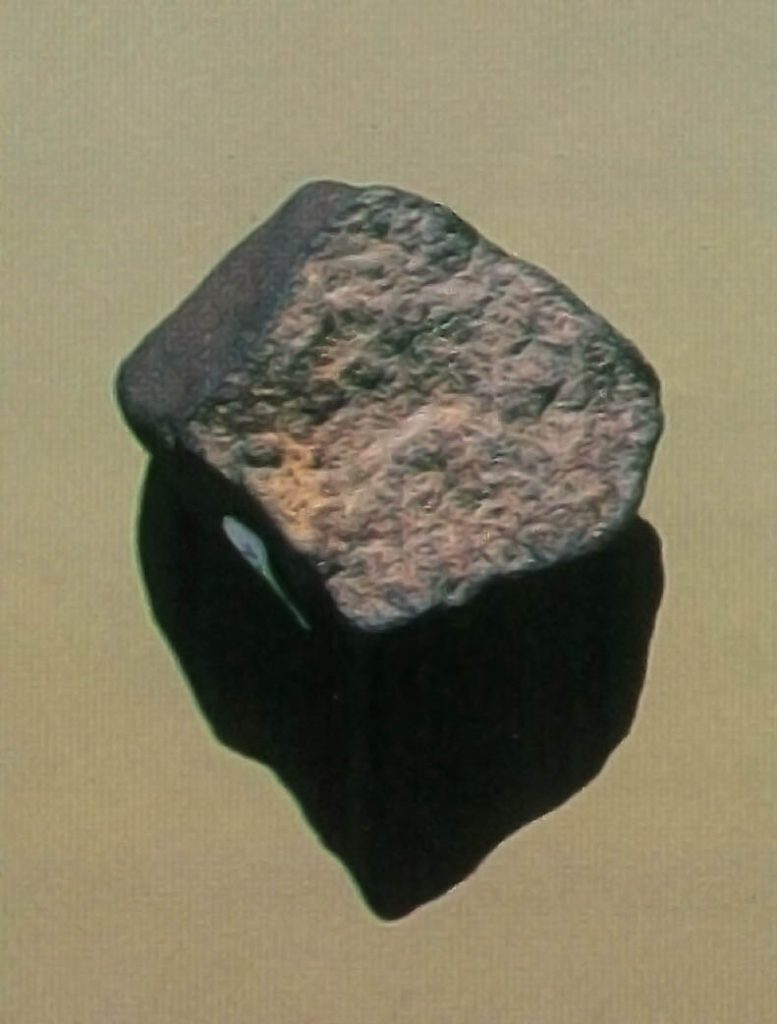Turn-of-the-Century Sudden Strikes: Thunder-stones, Lightning, and a Tornado—1890, 1907, 1915
Winnebago county, Iowa

Image Source: IIHR
The turn from the nineteenth century into the twentieth in Winnebago County came with three significant strikes. In an era when the federal government had removed the county’s namesake (“Winnebagos”), when Roma (“gypsies’) came through the county’s towns to have horses shod, and when Mr. and Mrs. Hildreth were imploring Iowa legislator Gilbert Haugen to reverse the injustice of taxation without representation and support women’s right to vote, thunder-stones from a meteor, a deadly tornado, and a lightning strike within a church each arrived without warning.
At 5:15p.m. on May 2, 1890, “the sky roared and the earth shook,” not with the thunder people knew but instead with a sound like “heavy cannonading” then a “rushing sound” that was heard for miles around. A meteor suddenly blotted out the sun, exploded in mid-air and, trailing a 60 “mile-long ribbon of smoke” visible for 300 miles, landed, at a 55 to 65 degree angle, just southwest of the newly forming town of Thompson. An area some 8 square miles was showered with debris from one ounce to 81 pounds in size. Scientists later traveled to Winnebago County to study the remains of this extraordinary event. Though thankfully not so large as the meteor in Mexico that transformed the Earth and ended the age of the dinosaurs, the Forest City Meteor, as it is labeled, was a significant meteor in the age of humans. Portions of the meteor now reside at the museum at the University of Minnesota, the Smithsonian Museum in Washington, D.C., the Field Museum in Chicago, and the Peabody Museum at Yale University. For some ninety years after the event farmers continued to find pieces of the meteor when they plowed their fields.

On August 6, 1907, a tornado hugging the ground cut a path 20-40 rods wide and 40 miles long through Iowa and Minnesota, including Winnebago County where three people, who did not see it coming, lost their lives. In the days following the storm people went out to survey the extraordinary damage. Among them was a reporter from the Lake Mills Graphic. It “looks as if it had been swept by a fire. Here you can get a first-class idea of what a cyclone can accomplish. Words cannot tell the story. Everything is gone. Trees are leveled to the ground. House and barn torn to splinters and scattered into the adjoining fields until the fields about the place look like pin cushions stuck with kindling wood. While no lives were lost here, the escape of M. Nelson and his family is nothing short of miraculous. Mr. Nelson was working in the field when he saw the storm coming. Unhitching his team he rode horseback and warned his family to flee to the cellar. Getting his team to the barn, he ran for the house but just reached the building as the house was lifted up and sailed over his head. He was then swept with the wind into the trees and thrown about from one tree against the other until he was beaten black and blue over his entire body. How he escaped alive to tell the story is a mystery to everyone. His family in the cellar fared nearly as bad. A partition in the cellar threatened to fall and Mrs. Nelson did not escape it but was hit in the back and fell under it. This perhaps saved her life as debris was thrown on top of the partition that would have proven fatal should she have been hit with it. The five children escaped with slight bruises, with the exception of the little seven-year-old who was holding the baby. She endeavored to go up the cellar stairway with the infant just as the house was lifted up and she says she saw plainly the house sail away with its contents. The wind threw her up and when found was lying upon the stone foundation of the house with the baby, two years old, clinging about her neck. The baby was lightly bruised about the face but the little girl received a bad gash in her temple and a bad bruise on the instep of her right foot. When picked up, a colt was lying dead within two feet of where the girl was.“ Just a quarter mile east of the Nelson’s, Mr. and Mrs. Tweed and their son lost their lives when they ran unknowingly into the path of the storm rather than hiding in the cellar. A trench 2-3 rods wide and 12 rods long, dug the day after the storm to bury the dead livestock, proved too small. The reporter concludes the article with corrections of errors about the storm printed in urban newspapers in the Midwest.
Lightning struck the steeple of Lincoln Church in Lake Mills on July 1, 1915, during the funeral of Henry Mauss just as the minister was delivering the eulogy. The current passed through the bodies of several men leaning on the back wall of the church. One was killed instantly; three were overcome but survived; and another was less severely injured. It is reported that all lost one shoe. Others in the church rushed for any exist, door or window, taking the body of Mr. Mauss out the window with them. A rain, falling in torrents, drove the mourners into neighboring houses for refuge. When the rain subsided, the body of Mr. Mauss and the undertakers boarded the train for Klemme as planned.
Sources: SHSI: Our History is Our Pride: Rake Iowa 1900-1975; Gilbert N. Haugen Correspondence; Lake Mills Graphic, 1994. A Peek at the Past: Thompson 1892-1992; Centennial Sketches: Forest City, Iowa 1855-1955.
